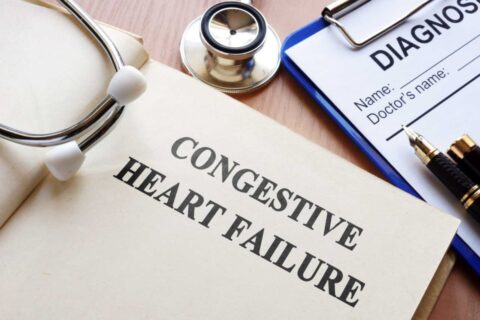What to Expect from Percutaneous Coronary Intervention (PCI)

If you’ve been told you need percutaneous coronary intervention (PCI), you may wonder what that even means. This minimally invasive procedure, also known as angioplasty with stent, aims to restore blood flow to the heart by opening narrowed arteries. This helps your heart work better and reduces your risk of a heart attack. Learn what the procedure involves and what to expect every step of the way.
What is Percutaneous Coronary Intervention?
PCI is a non-surgical procedure that clears blockages in the coronary arteries, which supply blood to your heart. It’s typically used for treating atherosclerosis, a condition where plaque (a mix of fat and other substances) builds up in the arteries, narrowing them and restricting blood flow.
The main goal of percutaneous coronary intervention is to improve blood flow to the heart. If you’ve been having chest pain (angina) and shortness of breath or are at risk of a heart attack due to narrowed arteries, PCI can provide relief. This procedure is often performed during or after a heart attack to minimize heart muscle damage. It’s faster and less invasive than coronary bypass surgery, allowing you to resume normal activities quicker. For these reasons, PCI is the go-to heart disease solution for many patients.
How to Prepare for PCI
Before the procedure, your doctor will likely run tests like an electrocardiogram (EKG), blood tests, and possibly an angiogram to get a clear picture of your heart health. You’ll need to avoid eating or drinking for several hours before the procedure. Tell your doctor about any medications you’re taking, especially blood thinners, as these may need to be temporarily discontinued. Also, be sure to mention any allergies to contrast dye (which is used during PCI) or iodine.
What Happens During the PCI Procedure?
PCI generally takes about an hour, though it can vary. Here’s what happens:
- The procedure begins with you lying down and receiving a sedative to help you relax. Electrodes are attached to your chest to monitor your heart’s activity.
- A local anesthetic is applied to numb the area where the catheter will be inserted, usually in the groin or arm.
- The catheter is threaded through your blood vessels toward your heart.
- Once the catheter reaches your heart, contrast dye is released so the doctor can identify the narrowed artery.
- A small balloon at the tip of the catheter is inflated, pushing the plaque aside and widening the artery.
- If necessary, a stent (a tiny wire mesh tube) is inserted to keep the artery open long-term.
- The balloon is then deflated and removed, but the stent stays in place permanently.
Benefits and Risks of PCI
The main benefits of angioplasty with stent include:
- Quick relief from chest pain
- Improved ability to be active without symptoms like shortness of breath
- Lower risk of a heart attack, especially if done promptly after one starts
- Shorter recovery time than open-heart surgery
Every procedure comes with risks, and PCI is no exception. These may include:
- Bleeding or infection at the catheter insertion site
- Allergic reaction to the contrast dye
- A chance that the artery could re-narrow (re-stenosis)
In rare cases, more serious complications like blood clots, heart attacks, or stroke can occur, but doctors closely monitor you to prevent these.
What to Expect During Recovery
After PCI, you’ll likely stay in the hospital for a day or two for observation, but some people go home the same day. You’ll need to keep the catheter insertion site clean and dry, and your doctor will give you detailed instructions about restricting activities. Take it easy for a few days, with the expectation that you can resume light work after about a week.
Many patients need to take blood-thinning medications to prevent clots from forming around the stent. Your doctor will advise you on long-term care, which may include lifestyle changes like improving your diet, exercising regularly, and quitting smoking to reduce the risk of future artery blockages.
When to Call Your Doctor
It’s important to keep an eye on your recovery and reach out to your doctor if you notice any unusual symptoms after your PCI, such as:
- Persistent chest pain or discomfort
- Excessive bleeding or swelling at the catheter insertion site
- Signs of infection (redness, warmth, or fever)
Begin Treatment at Complete Cardiology Care
If you think PCI could be the right cardiac intervention for you, speak to Dr. Yassir Sonbol at Complete Cardiology Care in Sugar Land, TX. We focus on personalized treatments that fit your heart health needs. Dr. Sonbol is a board-certified interventional cardiologist with over 15 years of experience diagnosing and treating cardiac symptoms. Reach out to us today to learn more about percutaneous coronary intervention or schedule a consultation to discuss your heart health options.


